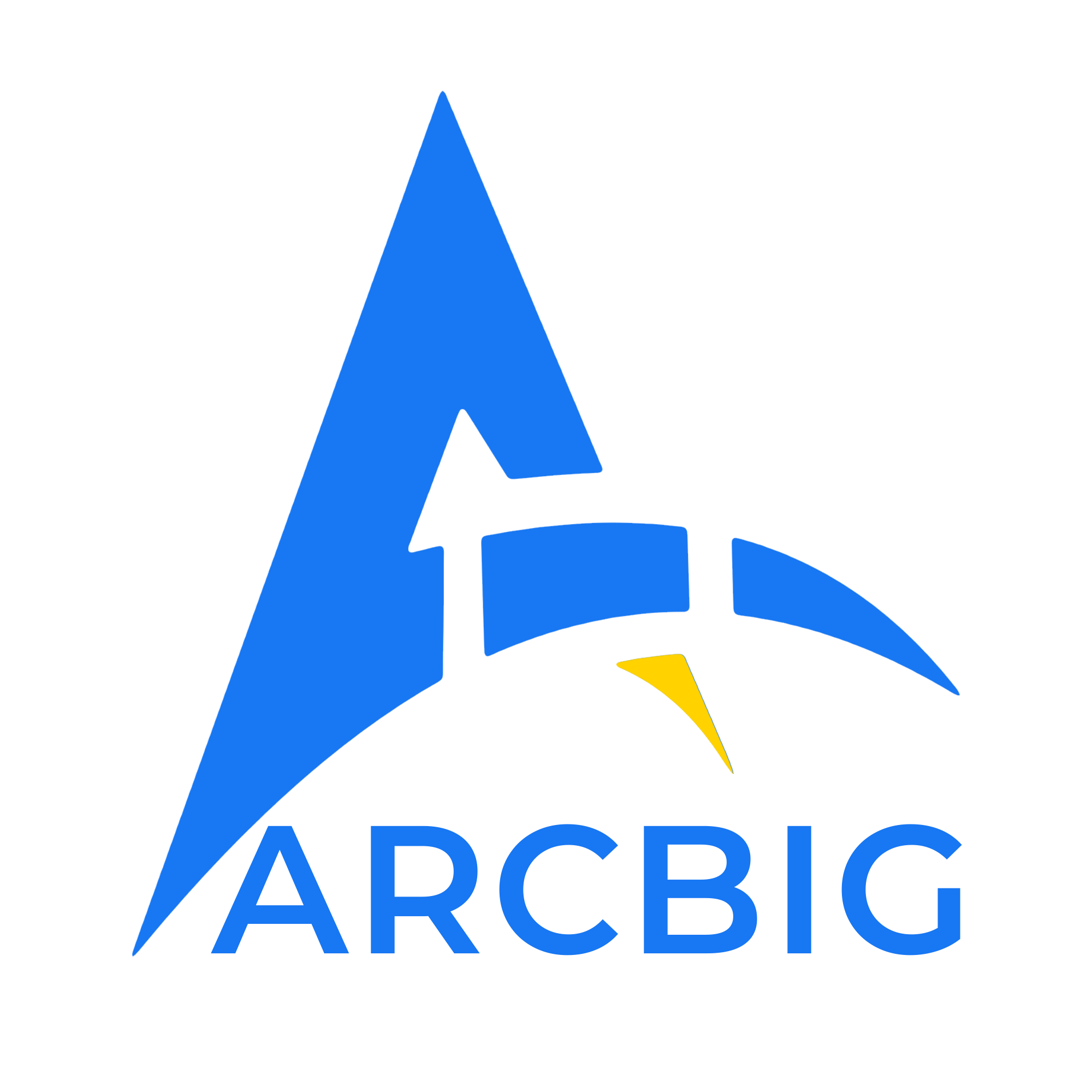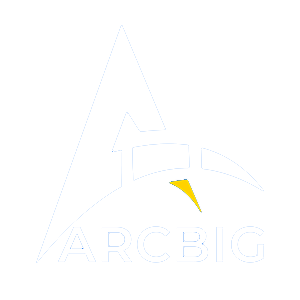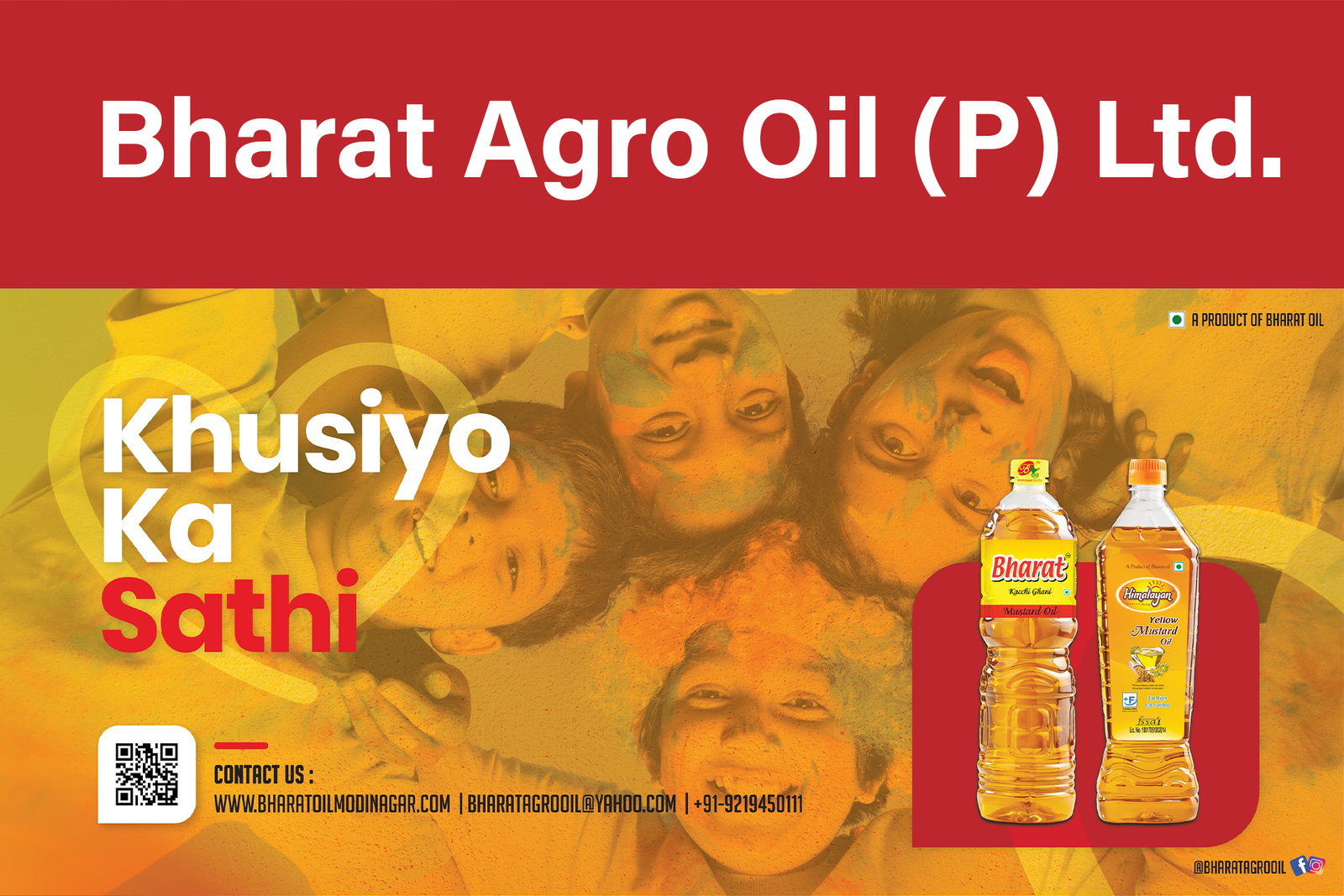In today’s rapidly evolving marketing landscape, businesses are faced with the challenge of choosing between modern digital advertising and traditional advertising methods. With the rise of the internet and the ever-increasing popularity of digital platforms, the way brands reach their target audience has undergone a significant transformation. This blog post delves into the differences between modern and traditional advertising approaches, shedding light on the unique benefits and drawbacks of each. By understanding these approaches, businesses can make informed decisions about which strategies to adopt for maximum impact.
The Digital Revolution
The advent of the internet and digital technologies has revolutionized the advertising industry. Modern advertising relies heavily on digital platforms, such as social media, search engines, and websites, to reach and engage with consumers. Here are some key points that highlight the significance of digital advertising:
1. Targeting Capabilities
Digital advertising enables businesses to hyper-target their audience based on demographics, interests, behavior, and location. This level of precision allows brands to deliver personalized and relevant content to their potential customers, increasing the chances of conversion.
2. Measurability and Analytics
Unlike traditional advertising methods that often lack accurate measurement metrics, digital advertising offers detailed insights and analytics. Businesses can track the performance of their campaigns in real-time, measure engagement, click-through rates, conversions, and more. Data-driven decision-making becomes possible, allowing marketers to optimize their strategies to achieve better results.
3. Cost-Effectiveness
Compared to traditional advertising, digital advertising typically offers more cost-effective solutions, especially for small and medium-sized businesses with limited budgets. With the ability to set and control ad spend, businesses can allocate their resources more efficiently, ensuring maximum return on investment.
4. Interactivity and Engagement
Digital advertising methods allow for greater interactivity and engagement with the audience. From interactive videos to social media polls and gamified experiences, brands can captivate their target audience and create memorable experiences that foster brand loyalty.
The Power of Traditional Advertising
Although digital advertising has taken center stage, traditional advertising methods still hold value and relevance in certain scenarios. Let’s explore the enduring strengths of traditional advertising:
1. Tangibility and Credibility
Traditional advertising encompasses mediums like print, TV, radio, and billboards, providing a physical presence that consumers can interact with. The tangible nature of traditional media instills a sense of trust and credibility among consumers, particularly in older demographics who may have limited digital engagement.
2. Local Reach
Traditional advertising methods, such as local radio stations or community newspapers, excel in targeting specific geographic areas. This localized approach is particularly beneficial for small businesses targeting a specific regional market.
3. Branding and Awareness
Traditional advertising methods have traditionally played a crucial role in generating brand awareness and reaching out to broader target audiences. TV commercials, print ads in magazines, and billboards have the potential to leave a lasting impact on viewers’ minds.
4. Less Ad Clutter
With the proliferation of digital advertising, the online space has become cluttered with ads competing for attention. Traditional methods offer the advantage of less competition, allowing businesses to stand out and have their message heard without the distractions and ad blockers that digital platforms may present.
Finding the Right Balance
In the ever-changing advertising landscape, success lies in finding the right balance between digital and traditional approaches. Here are a few key takeaways to help businesses navigate this dynamic environment:
- Understand Your Target Audience: Analyze your target audience’s preferences, behavior, and media consumption habits to determine the most effective advertising channels.
- Integrated Marketing Campaigns: Combine both digital and traditional channels to create integrated marketing campaigns that leverage the strengths of each medium. Synergies between online and offline efforts can amplify brand messaging and maximize reach.
- Continual Optimization: Monitor the performance of your campaigns, both digitally and traditionally, and leverage insights to optimize your strategies. Experiment with different approaches, test new platforms, and adapt to changing consumer trends to stay ahead of the curve.
- Track Return on Investment: Implement robust tracking and measurement systems to analyze the ROI of your advertising efforts. By tracking conversions, engagement, and other key metrics, you can identify which advertising channels and strategies deliver the best results for your business.
“The key to successful advertising lies in striking a balance between digital and traditional approaches, understanding your target audience, and continually optimizing your campaigns.”
Conclusion
As the advertising industry continues to evolve, businesses must adapt and embrace both modern digital advertising approaches and the enduring strengths of traditional methods. Rather than pitting digital against traditional, smart marketers recognize the power of integrated campaigns and the need to tailor strategies based on their target audience. By finding the right balance, leveraging technology, and staying agile, businesses can effectively connect with their audience, increase brand visibility, and ultimately drive growth in today’s dynamic advertising landscape.


















